Chinese Automakers Could Seriously Shake Up the Auto Industry

China has a massive influence on the automotive industry, and many are wondering when we will see Chinese cars for sale in North America.
“The Chinese are already here,” said Michael Dunne, author, entrepreneur and automotive industry expert with a quarter century of business experience in Asia.
While speaking at a meeting of the Automotive Press Association, Dunne explained that car companies from the Middle Kingdom have sunk deep roots in the U.S. According to him, between 2010 and 2016, Chinese firms made some 128 separate investments in North America totaling an estimated $5-billion.
Today, many of these companies supply components to various automakers, help fine tune vehicles that are in development, and even work on next-generation technology including things that will help enable self-driving cars.
ALSO SEE: New Chinese Automaker Debuts Hybrid SUV That Could Be Headed to US
Adopting a similar strategy to the one used by Japanese and South Korean automakers that came before them, Chinese firms are putting heavy emphasis on California. Ambitious startup brands including BYD, Lucid Motors, Karma, and Faraday Future, many of which are funded by the deep pockets of China’s tech billionaires, all have a presence in the Golden State. Dunne said the reason for this is that the region is a global center for autonomous-vehicle technology, something they strongly want to lead in despite lacking this capability in their home market. When it comes to self-driving cars, “The evidence on the ground in China [is that they’re] really far behind.”
Even though cars and trucks from domestic Chinese automotive brands are not yet available in North America, this country’s influence on the industry is undeniable. Dunne said BYD is already building and selling million-dollar electric buses. Beyond this, the Buick Envision is built in China and imported to North America, something that would have seemed absurd just a few years ago. And this vehicle is no bottom-feeding economy model, “Nothing about [it] suggests ‘Made in China,’” said Dunne. The crossover is suitably premium for its price, proving that the Chinese can build high-quality vehicles.
And that could be a key strategy for them going forward. “I don’t see the Chinese coming in with extremely competitive pricing,” Dunne said. He doesn’t expect them to offer slapdash, bargain-basement vehicles in North America since there’s so much work that has to be done in order to sell cars here. They must provide decent quality, have a proper retail network, and be able to service their products. The days of ultra-cheap and unsafe knockoff cars are over — Chinese automakers could be legitimate threats to much more established companies.
SEE ALSO: Chinese Drivers Prefer Foreign Automotive Brands
For these reasons and more, this Asian country’s influence on the automotive industry will only increase going forward. Additionally, China is the largest vehicle market in the world and has been for nearly a decade. Last year alone, some 28 million new vehicles were sold there, a 14 percent increase compared to 2015. In contrast, only about 17.5 million cars and trucks were delivered in the U.S. during the same period.
But if there’s one area where North America and China could come to blows, it’s import duties. Today, there are few economic restrictions on selling vehicles in North America, but it’s a completely different story on the other side of the Pacific.
“They used to have tariffs that were around 100 percent,” explained Dunne. “[Then] they dropped them… through the 2000s to 75, 50. Now they’ve hit 25 and they’re done.” But still, he said that when other fees, taxes and surcharges are included, the real-world cost of importing a car or truck into China is about 50 percent, meaning an American sedan that would sell for $20,000 in San Diego could go for around 30 grand in Shanghai. Because of this, it’s been imperative for foreign automakers to build their products in China. But as always, there’s a catch.
Dunne said that by allowing foreign companies to sidestep import fees and manufacture domestically the Chinese government forced them to form joint ventures with domestic automakers, each of whom earn 50 percent of all profits. This is why General Motors China is called “SAIC-GM;” Volkswagen is partnered with FAW, Peugeot-Citroën with Dongfeng and so on; it’s never just Ford or Toyota.
Like it or not, the Chinese are already playing a significant role in the North American automotive business. Flush with cash, hungry for technology and willing to take risks, they’ll likely continue growing in the foreseeable future. You can also add tenacity to their list of virtues. Dunne said that in business and life, “They never give up.”
Check out our Tips and Advice Section

Born and raised in metro Detroit, Craig was steeped in mechanics from childhood. He feels as much at home with a wrench or welding gun in his hand as he does behind the wheel or in front of a camera. Putting his Bachelor's Degree in Journalism to good use, he's always pumping out videos, reviews, and features for AutoGuide.com. When the workday is over, he can be found out driving his fully restored 1936 Ford V8 sedan. Craig has covered the automotive industry full time for more than 10 years and is a member of the Automotive Press Association (APA) and Midwest Automotive Media Association (MAMA).
More by Craig Cole



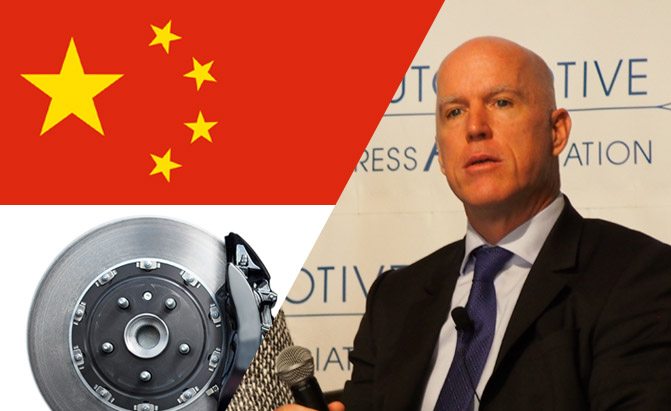










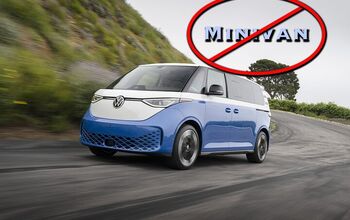



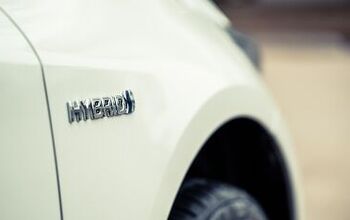
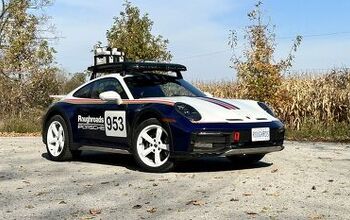
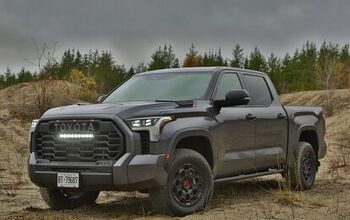

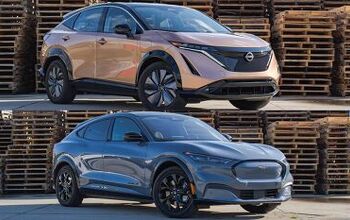
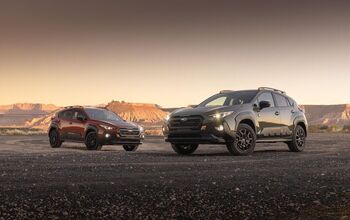
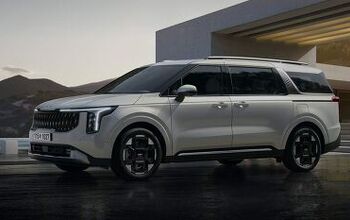


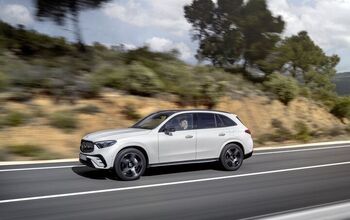
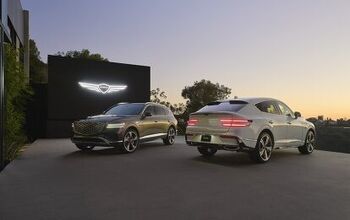



Comments
Join the conversation
they have 25% tariffs, and force joint ventures with domestic automakers, and their college students aren't even rioting over it. China is doing something very very successfully.